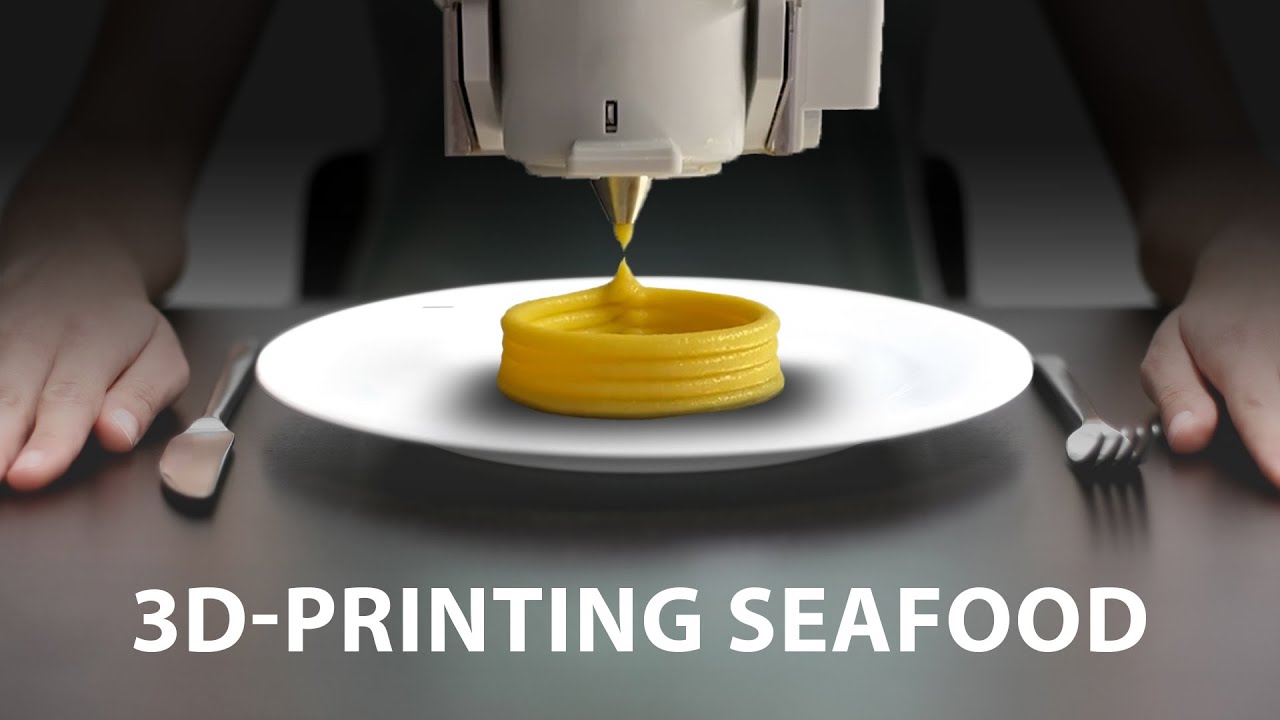Print to plate: Developing 3D printed seafood
SEC’s Microalgae project’s partners create calamarai rings using Microalgae and Mung Bean protein.
In recent years, meat alternatives and plant-based meat have moved from the science laboratory to the supermarket. However, mock seafood products are still hard to find. With overfishing, unsustainable aquaculture practices, pollution and a general Asian preference for seafood, the need for seafood alternatives may be just as pressing.
Researchers at the National University of Singapore (NUS) aim to address this gap. Using 3D food printing technology, they craft mock calamari rings using Microalgae and Mung Bean Protein, which can be air-fried for consumption.
external pageProf. Dr Huang Dejian and Poornima Vijayan – who are part of SEC’s Urban Microalgae Protein Production project – replicated the texture of seafood by using high-protein ink derived from Microalgae and Mung Bean sources. The result are ‘rings’ that can be fried, baked or sauteed. The rings are ideal for people allergic to mollusks.
The next step is to optimise the texture, flakiness and elasticity of actual cooked calamari rings, before further developing the product for commercialisation in the coming years.
This venture comes under the umbrella of SEC’s Urban Microalgae Protein project, which sets out to establish a resilient and sustainable agri-food platform for microalgae-based food products, in a step towards more sustainable food systems and greater food security.
Image credit: Poornima Vijayan
Further Reading:
- external page3D-printed vegan seafood could someday be what’s for dinner (video), American Chemical Society (Press Release)
- external page3D-Printed Vegan Seafood Could Someday Be What’s For Dinner (Video), Clean Technica
- external pageFrom AI chemistry to printed vegan seafood: highlights from the ACS Fall Meeting 2023, SCI News
- external page3D-printed vegan seafood could someday be what's for dinner, Science Daily
- external pageScientists Develop 3D-Printed Calamari Rings from Microalgae and Mung Bean Protein, Vegconomist

